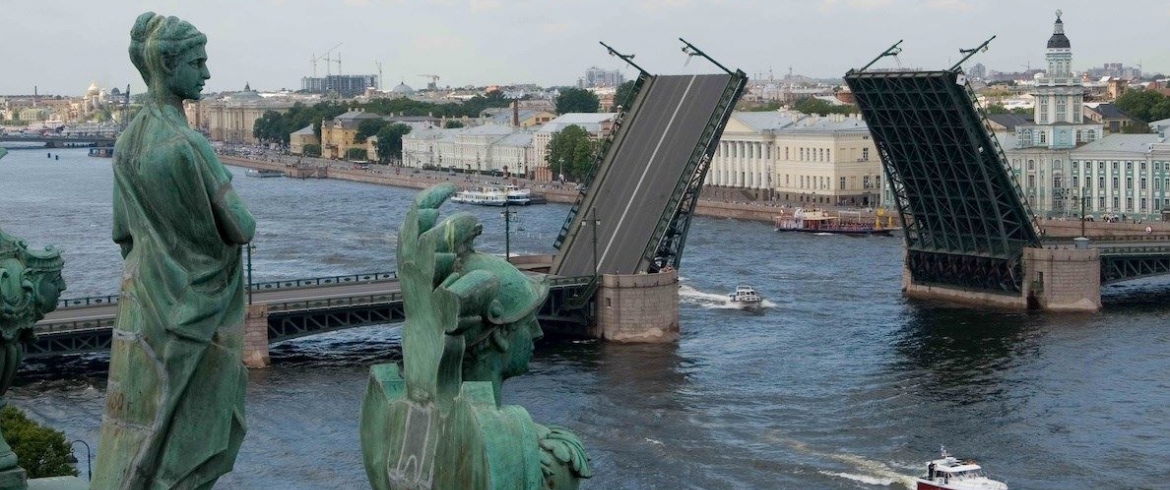About the City

The youngest of the largest European cities was founded in 1703 by the decree of Peter I. For two centuries it was the capital of the Russian Empire and grew on the present Petrograd side and Vasilievsky Island. At the beginning of the XX century, St. Petersburg became the center of three revolutions - 1905, February and October. In 1918, deprived of the status of the capital. In addition, in a short time the city changed two names - having been for ten years Petrograd, in 1924 it was renamed Leningrad.
During the Great Patriotic War, the city became a victim of the blockade: the enemy went to Lake Ladoga, captured Shlisselburg, taking control of the source of the Neva, and blocked Leningrad from land. For 872 days, the only route through Leningrad was the route through Lake Ladoga, which was within the reach of artillery and besieging aircraft; the massive famine that began in the city, exacerbated by the particularly harsh first blockade in the winter, problems with heating and transportation, led to hundreds of thousands of deaths among residents. January 27, 1944 Leningrad was completely freed from the blockade, and the date became the Day of military glory of Russia.
In 1991, according to the results of a referendum held among Leningrad residents, the city was returned to its historical name - St. Petersburg.
St. Petersburg is the northernmost of the largest cities in the world. Its geographical coordinates are 59 ° 57 'north latitude and 30 ° 19' east longitude. Petersburg is divided into 19 administrative districts and 111 municipalities.
The high latitude position of the city explains the phenomenon of white nights. They come at the end of May, when the sun falls below the horizon by no more than 9 °, and evening twilight almost merges with the morning. The longest day length is on June 21-22 (18 hours 53 minutes); White nights end in mid-July. The total duration of white nights is more than 50 days.
The climate in St. Petersburg is humid, close to the sea, with moderately warm summers and rather long, moderately cold winters. The average temperature in winter is -8 ° С, the average temperature in summer is + 18 ° С. In dry, hot weather, the air temperature can reach + 25 ° С ... + 30 ° С. In winter, there can be significant cooling: up to -25 ° С ...- 30 ° С. Precipitation is 634 mm per year.
The main waterway of the city is the Neva River. It got its name from Lake Nevo (as Lake Ladoga was called in ancient times), from which it originates. The Neva is 74 km long (of which 36 km in the city), the average width of the river within the city is about 600 m, and the depth is up to 24 m. Neva is a river with a complex character, with a very fast flow. The average annual water temperature is + 5 ° C. The surface of the water is a tenth of the area of the city.
Also in St. Petersburg 64 small rivers and 48 canals flow. 308 bridges were thrown over them (including suburban - more than 800 bridges); 22 of them are adjustable. The total length of all the city's bridges is about 16 km, and the embankments are 170 kilometers.
The city is located on 47 islands of the Neva Delta. The largest of them are Vasilievsky and Petrograd.
The city is often flooded. Most often they happen in the fall, with hurricane westerly winds. Over the entire existence of the city of Neva more than 300 times rose above its usual level. The largest flood occurred on November 7, 1824, when the water rose 4.1 m above the ordinar.
For 2019, the population of St. Petersburg is 5,383,890 people.